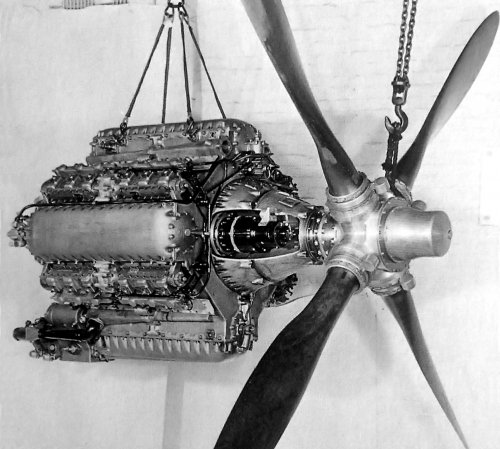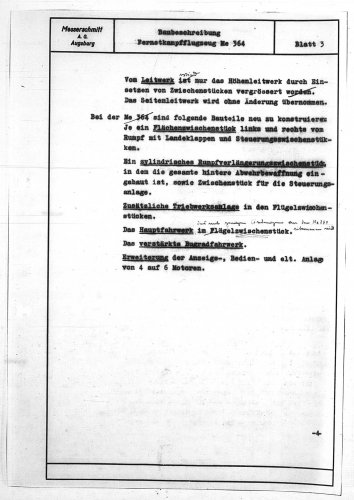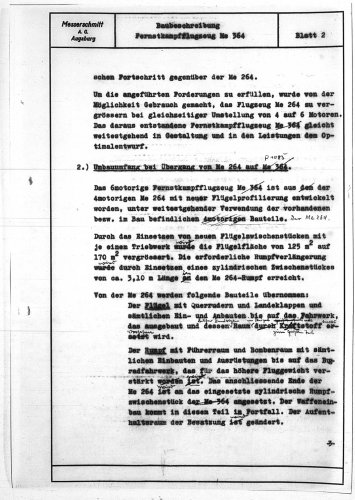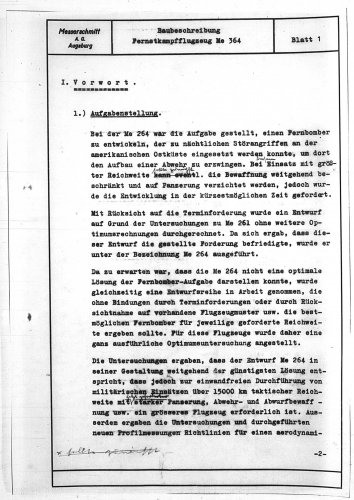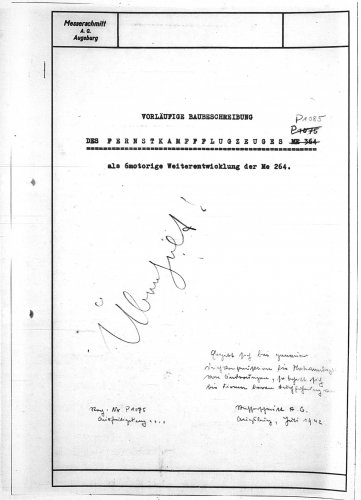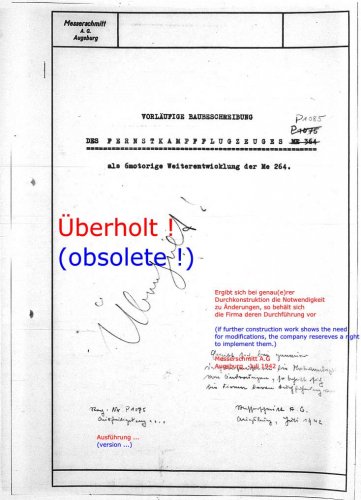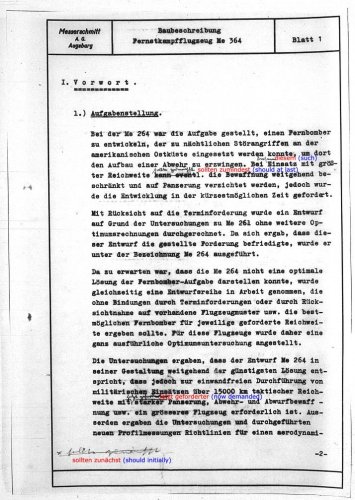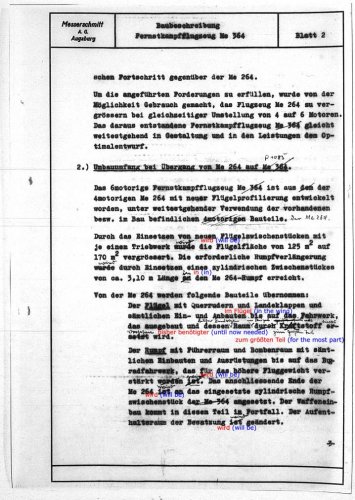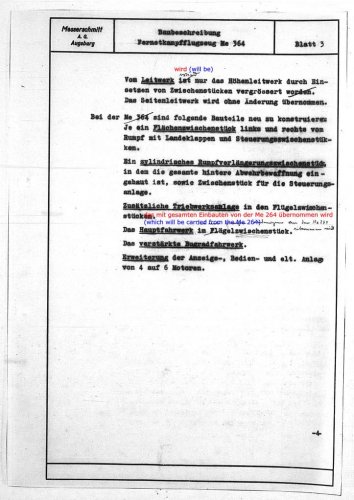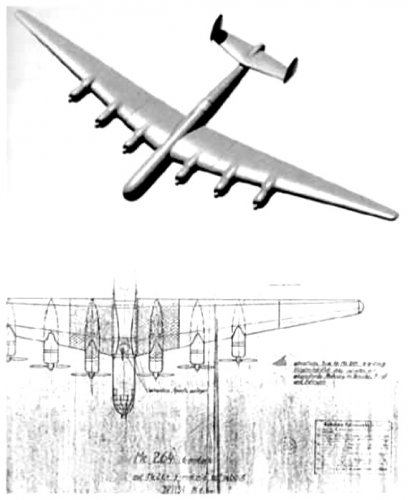Wiki abstruct of Me264
Development
(1) The origin of the Me 264 design came from Messerschmitt's long-range reconnaissance aircraft project, the P.1061, of the late 1930s.
(2) A variant on the P.1061 was the P.1062 of which three prototypes were built, with only two "engines" to the P.1061's four, but they were, in fact, the more powerful Daimler-Benz DB 606 "power systems", each comprising a pair of DB 601 inverted V-12 engines, successfully used in the long-range Messerschmitt Me 261, itself originating as the Messerschmitt P.1064 design of 1937.
(3) In early 1941, six P.1061 prototypes were ordered from Messerschmitt, under the designation Me 264. This was later reduced to three prototypes.
(4) The progress of these projects was initially slow, but after Germany had declared war on the United States, the Reichsluftfahrtministerium (RLM) started a more serious programme in the spring of 1942 for a very long range bomber, with the result that a larger, six-engine aircraft with a greater bomb load was called for.
(5) To meet this demand, proposals were put forward for the Junkers Ju 390, Focke-Wulf Ta 400, a redesign of the unfinalized and unbuilt Heinkel He 277 design to give the Heinkel firm an entry in the Amerika Bomber program later in 1943, and a design study for a six-engine Messerschmitt Me 264B, prompted by the ongoing inability for Germany's aviation powerplant designers to create reliable powerplants of 1,500 kW (2,000 PS) and above power output levels that thwarted efforts to do the same with just four engines instead.
(6) As the Junkers Ju 390 could use components already in use for the Ju 290 this design was chosen.
(7) The Me 264 was not abandoned however as the Kriegsmarine (German navy) separately demanded a long-range maritime patrol and attack aircraft to replace the converted Fw 200 Condor in this role.
(8) This was reinforced by an opinion given by then-Generalmajor Eccard Freiherr von Gablenz of the Wehrmacht Heer (German Army) in May 1942, as von Gablenz had been recruited by Generalfeldmarschall Erhard Milch at the time to give his opinion on the suitability of the Me 264 for the Amerika Bomber mission, with von Gablenz echoing the Kriegsmarine's later opinion.
(9)As a result, the two pending prototypes were ordered to be completed as development prototypes for the Me 264A ultra long-range reconnaissance aircraft.
Operational history
(1)The first prototype, the Me 264 V1, was flown on 23 December 1942. It was powered at first by four Jumo 211J inline engines of 990 kW (1,340 hp) each. In late 1943, these were changed to the BMW 801G radials which delivered 1,290 kW (1,750 hp).
(2)Trials showed numerous minor faults, and handling was found to be difficult. One of the drawbacks was the very high wing loading of the Me 264 in fully loaded conditions at some 356 kg/m2 (73 lb/sq ft); comparable aircraft, such as the Boeing B-29 Superfortress at 337 kg/m2 (69 lb/sq ft) wing loading, both the redesign of the He 277 for its intended production priority to fulfill the Amerika Bomber role at 334.6 kg/m2 (68.5 lb/sq ft), and Ju 390 at 209 kg/m2 (43 lb/sq ft), had less. The high wing loading led to performance problems across the whole flight envelope, in particular bad climb performance, loss of maneuverability, and in-flight stability, and the need for high take-off and landing speeds.
(3)This first prototype was not fitted with weapons or armour, but of the following two prototypes, the Me 264 V2 had armour for the engines, crew and gun positions, although it was decided to complete the Me 264 V2 without defensive armament and vital equipment and the Me 264 V3 was to be armed and have the same mentioned armoured parts.
(4)In 1943, the Kriegsmarine withdrew their interest in the Me 264 in favour of the existing Ju 290 and the planned Ju 390, with the Luftwaffe preferring the unbuilt Ta 400 and the Heinkel He 277 as Amerika-Bomber candidates in May 1943, based on their own performance estimates,[5] stopping any further development work on the Messerschmitt bomber design.
(5) As a consequence, in October 1943, Erhard Milch ordered the cancellation of further Me 264 development to concentrate on the development and production of the Me 262 jet fighter-bomber.
(6)Late in 1943, the second prototype, Me 264 V2, was destroyed in a bombing attack.
(7)On 18 July 1944, the first prototype, which had entered service with Transportstaffel 5, was damaged during an Allied bombing raid and was not repaired.
(8)The third prototype, which had not been fully completed, was destroyed during the same raid.
(9)Following the cancellation of the competing He 277 in April 1944, on 23 September 1944, work on the Me 264 project was officially cancelled.

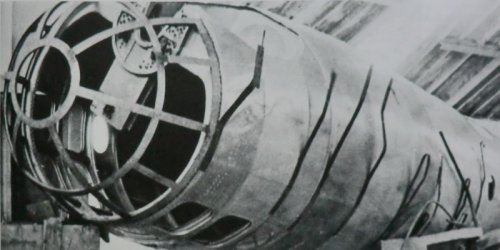
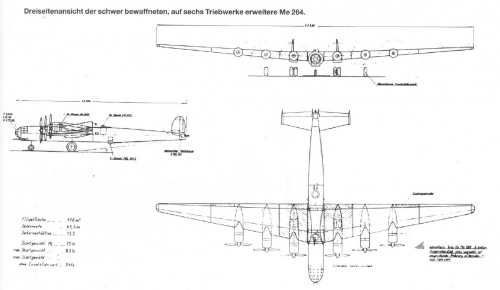
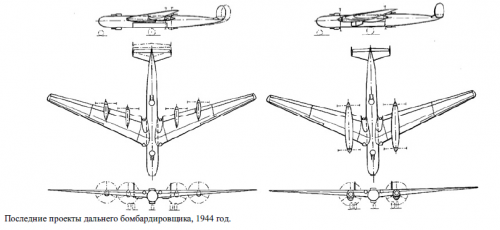
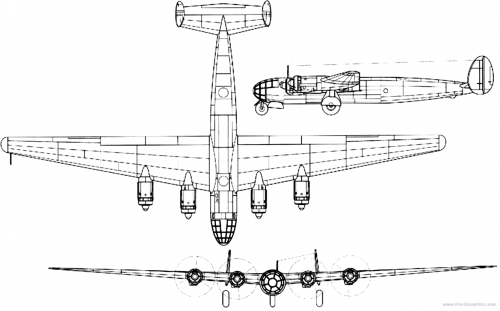
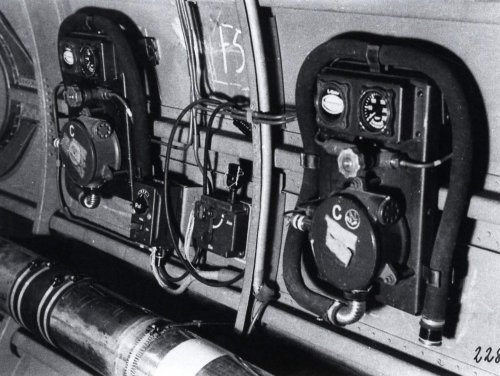
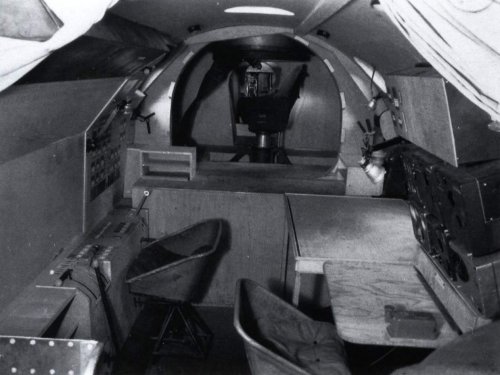
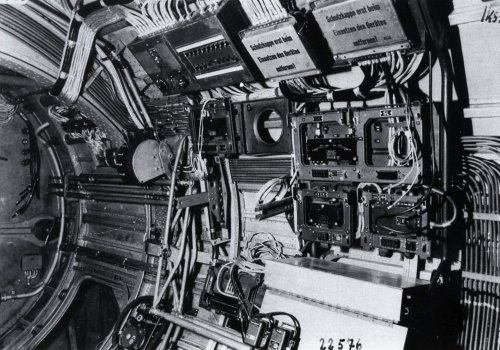
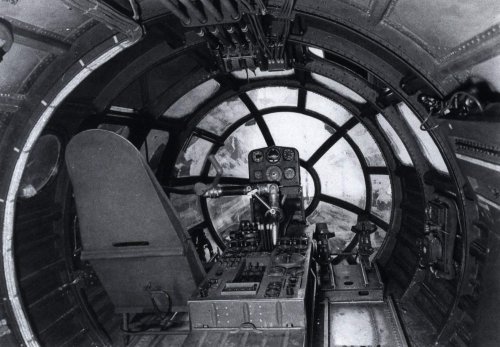
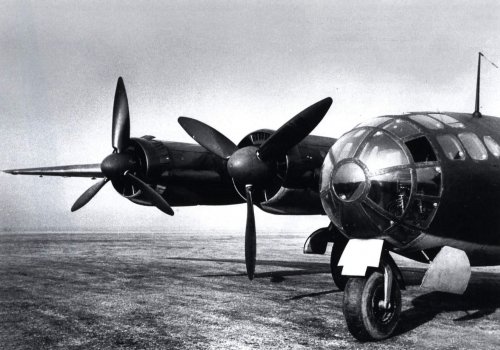
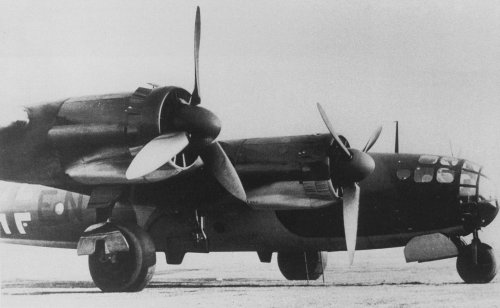
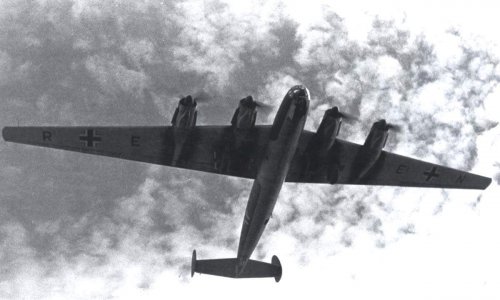

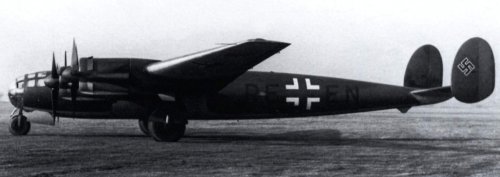
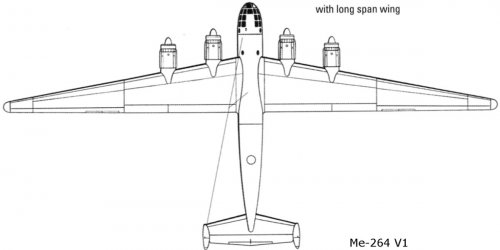
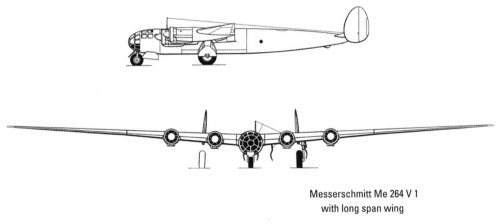
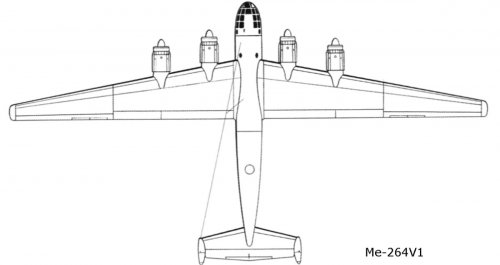
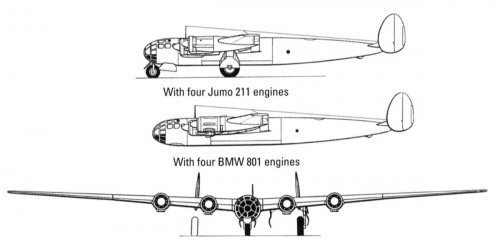
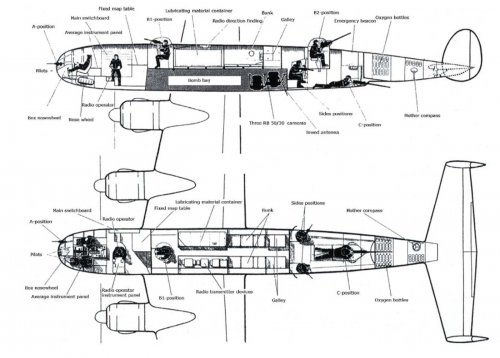
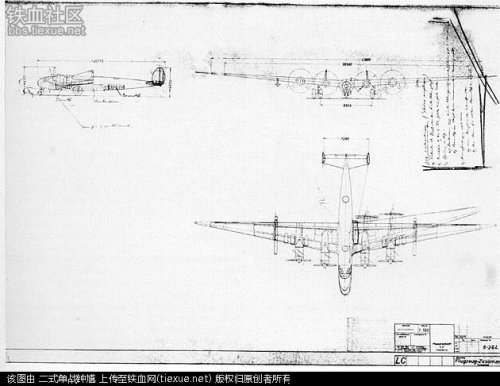
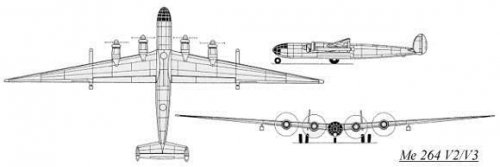
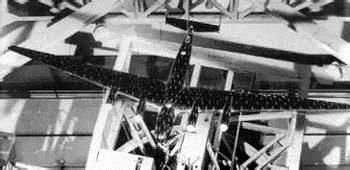
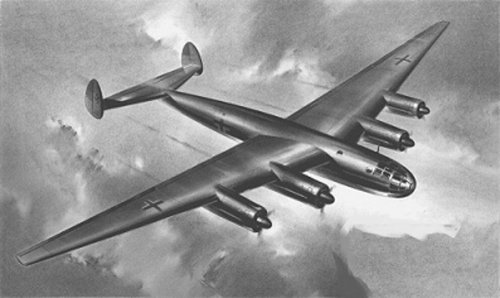
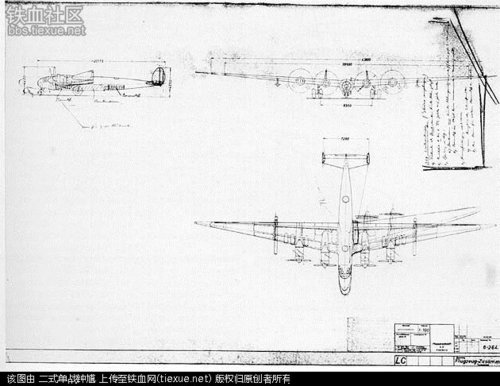
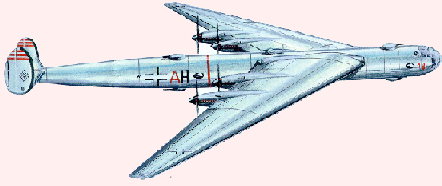
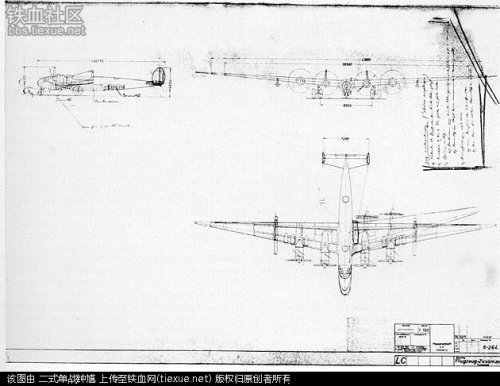
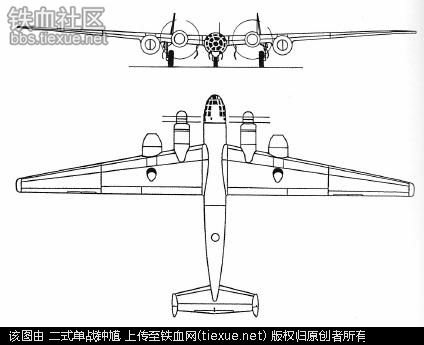
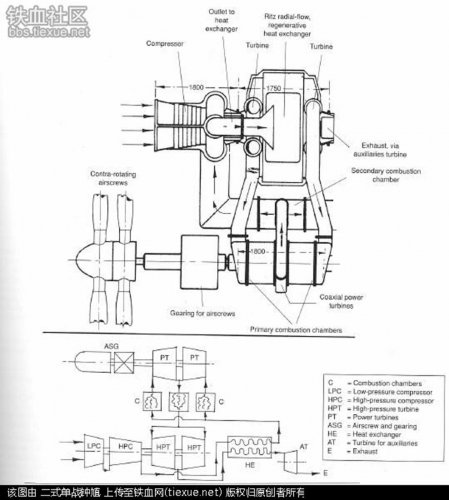
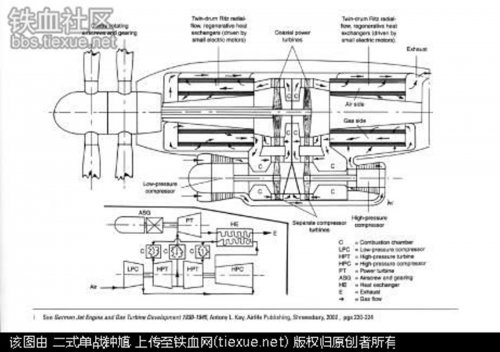
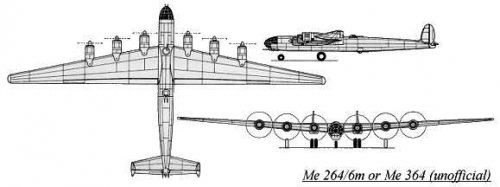
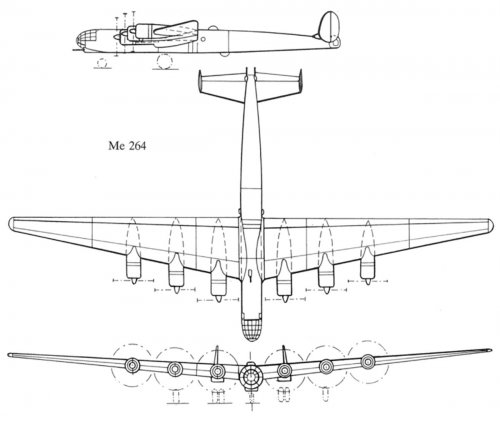
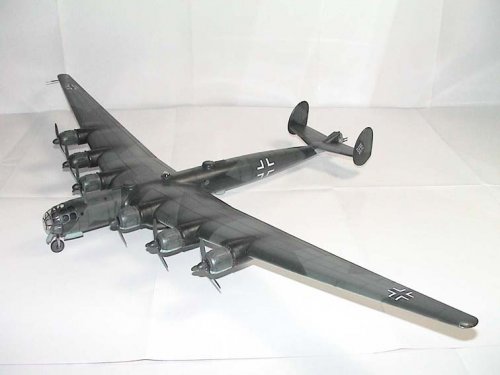
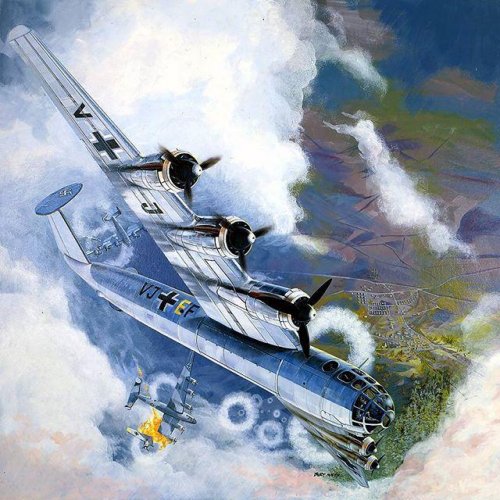
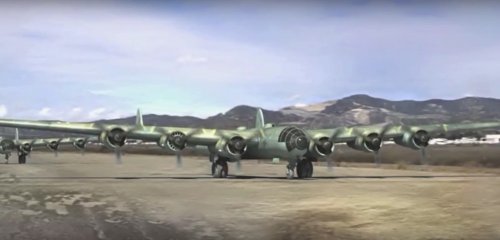


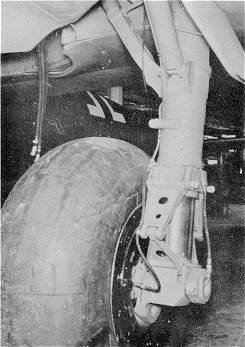
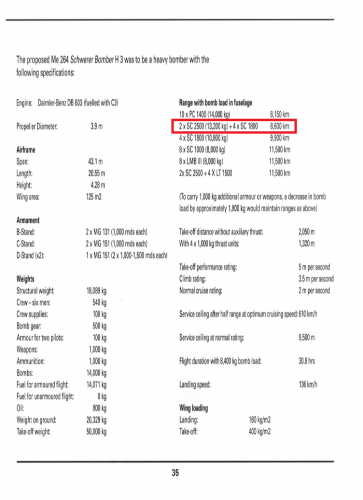
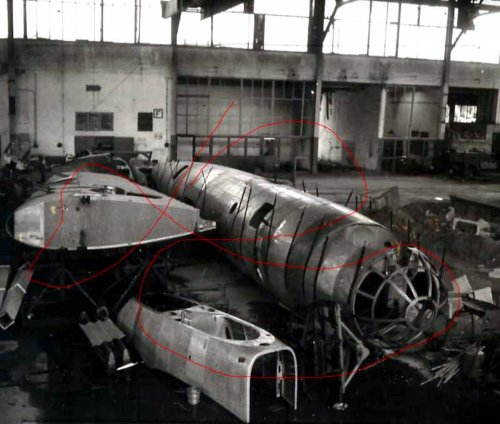
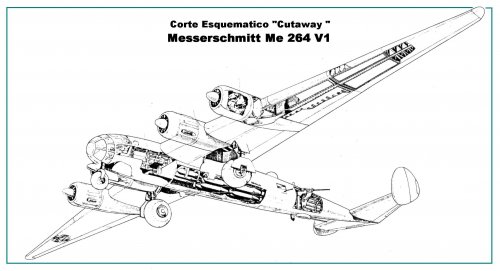
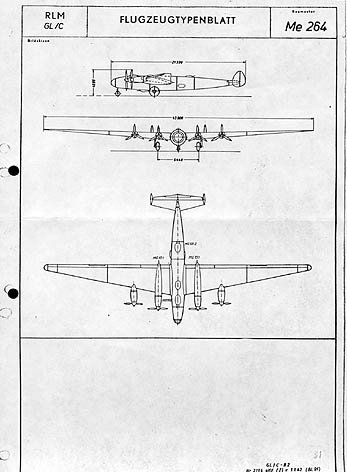
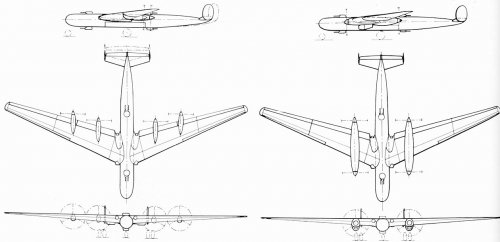
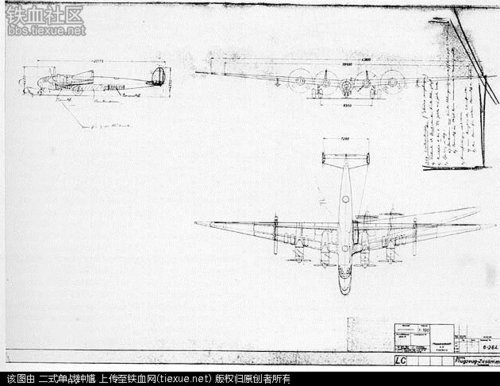
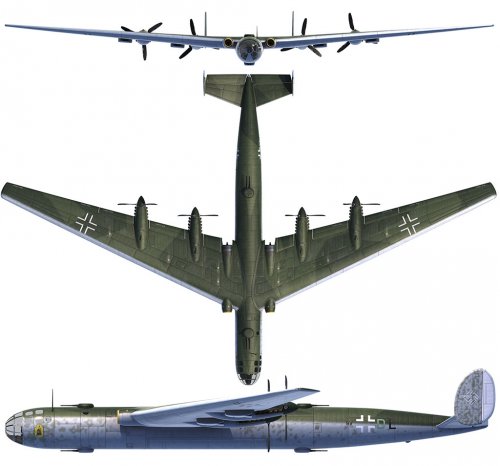
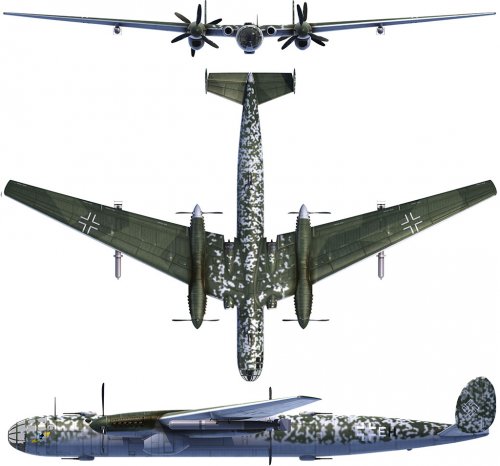
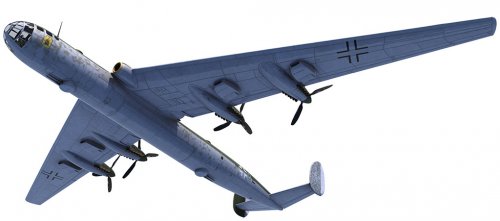
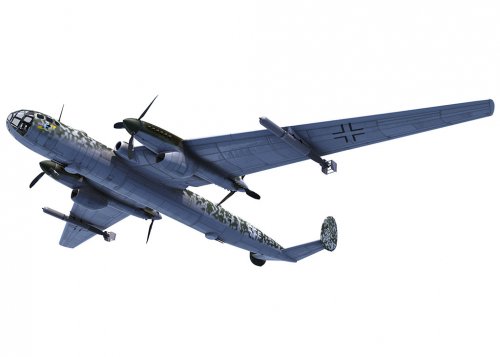


![logo[1].png](/data/attachments/123/123097-85f261659eeb4196b0d588195e9f9589.jpg)
